This isn't one of those first impressions or my thoughts about the Sony a1 from behind a desk. In fact, over my course with the camera, I have shot more than 10 thousand frames. So here is the good, the bad, and the ugly.
Before I dive in, this review is going to be focused on the photography aspect of the camera. Similar to my other camera reviews, I simply don’t do video enough to be able to speak to it as an expert. But the photo side of this camera will give us plenty of topics to discuss.

Taken with the Sony a1 in an Outex Underwater Housing
The Good
There are a ton of great things about this camera. Simply going through the spec sheet could give us a dozen reasons why this camera is amazing. From the high megapixel sensor to the silent shooting. Below are some of my favorite things about this new camera.
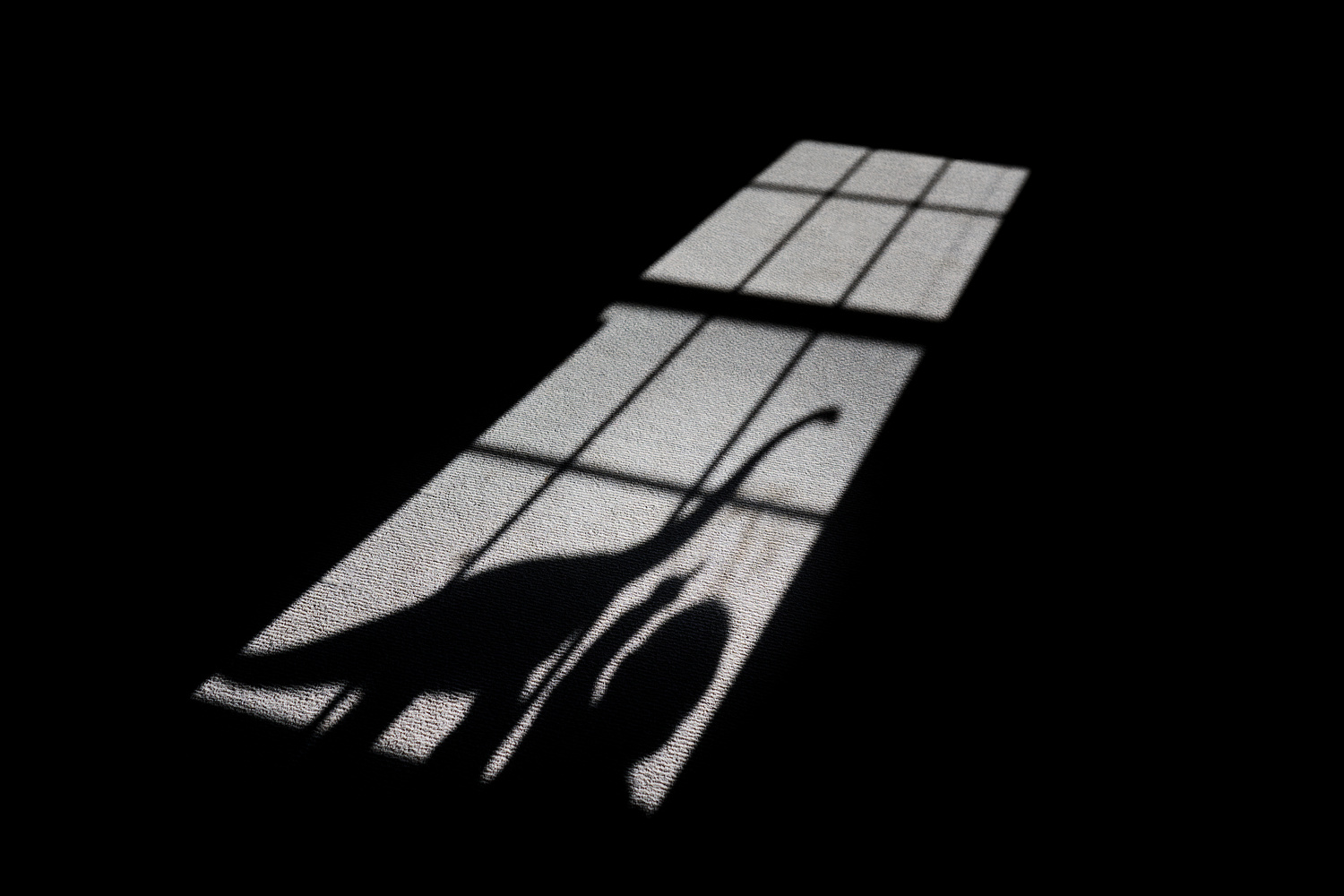
Electronic/Mechanical Shutter
I’m primarily a wedding and documentary photographer, and ever since I moved over to the Sony a9, I’ve come to the conclusion that I never want to shoot a camera ever again that doesn't have a silent shutter. The key detail here though is that it must have a silent shutter without the horrid drawbacks that other cameras have (rolling shutter, banding, etc). What Sony has done with the a1 is basically evolved what is in the a9. It still shoots silently with no banding issues and no rolling shutter, but it now does it at 30fps instead of 20fps. This is an insane speed. You can essentially shoot videos with full-resolution raw files. So the silent shutter on the a1 is more than usable for basically any situation. But if a mechanical shutter is needed, the a1 has that too. And it can shoot at 10fps and is extremely quiet. Not totally silent, but very subtle and the sound is magnificent in comparison to the clunk of a shutter in the a9.
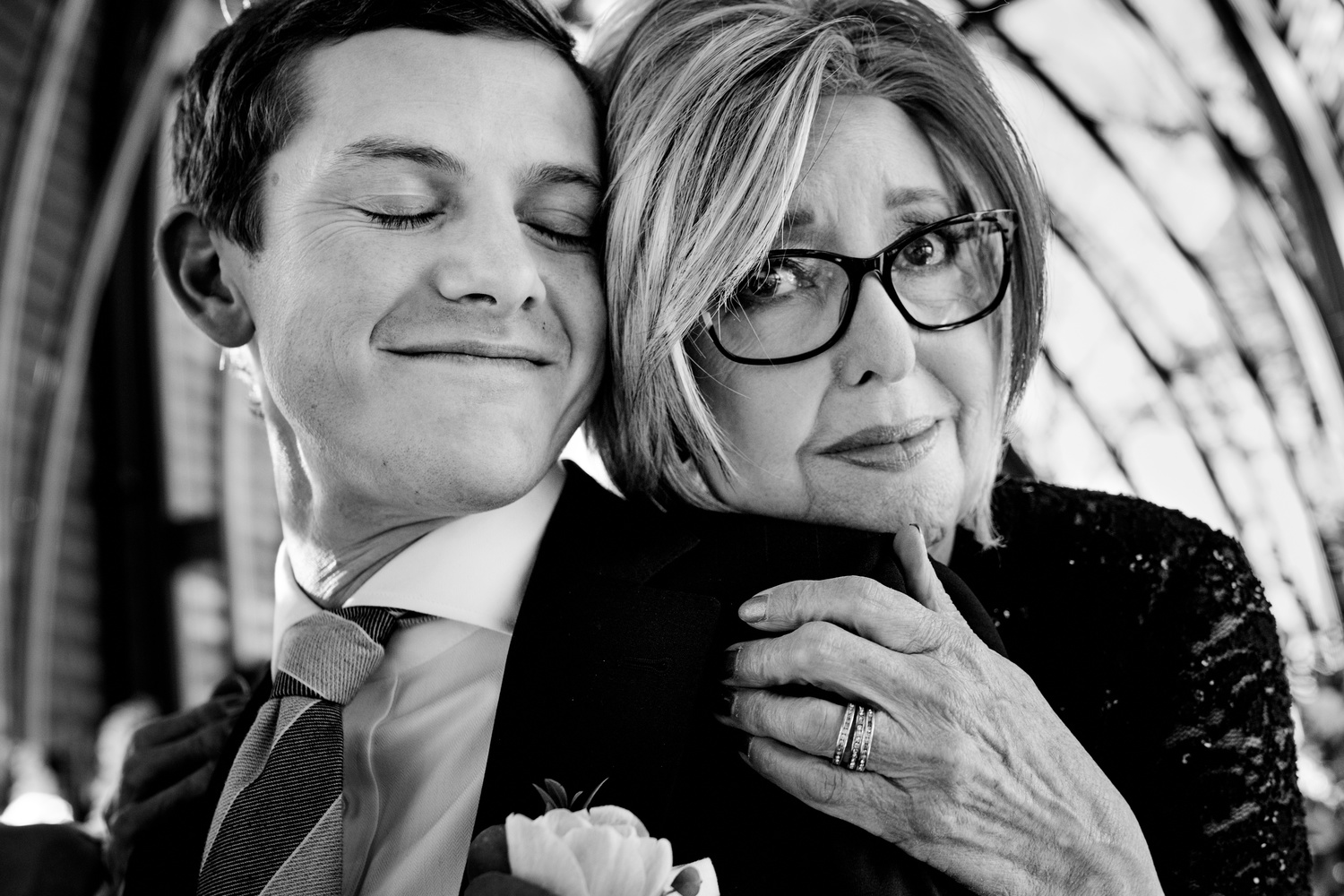
That 50MP sensor
This size sensor is something I never wanted. Anything over 24mp always seems overkill for any type of work I do. That said, this sensor is amazing. I loved the color rendering and the low light capabilities. Also, being able to crop a single frame into multiple versions of the same image is a very big nice to have.
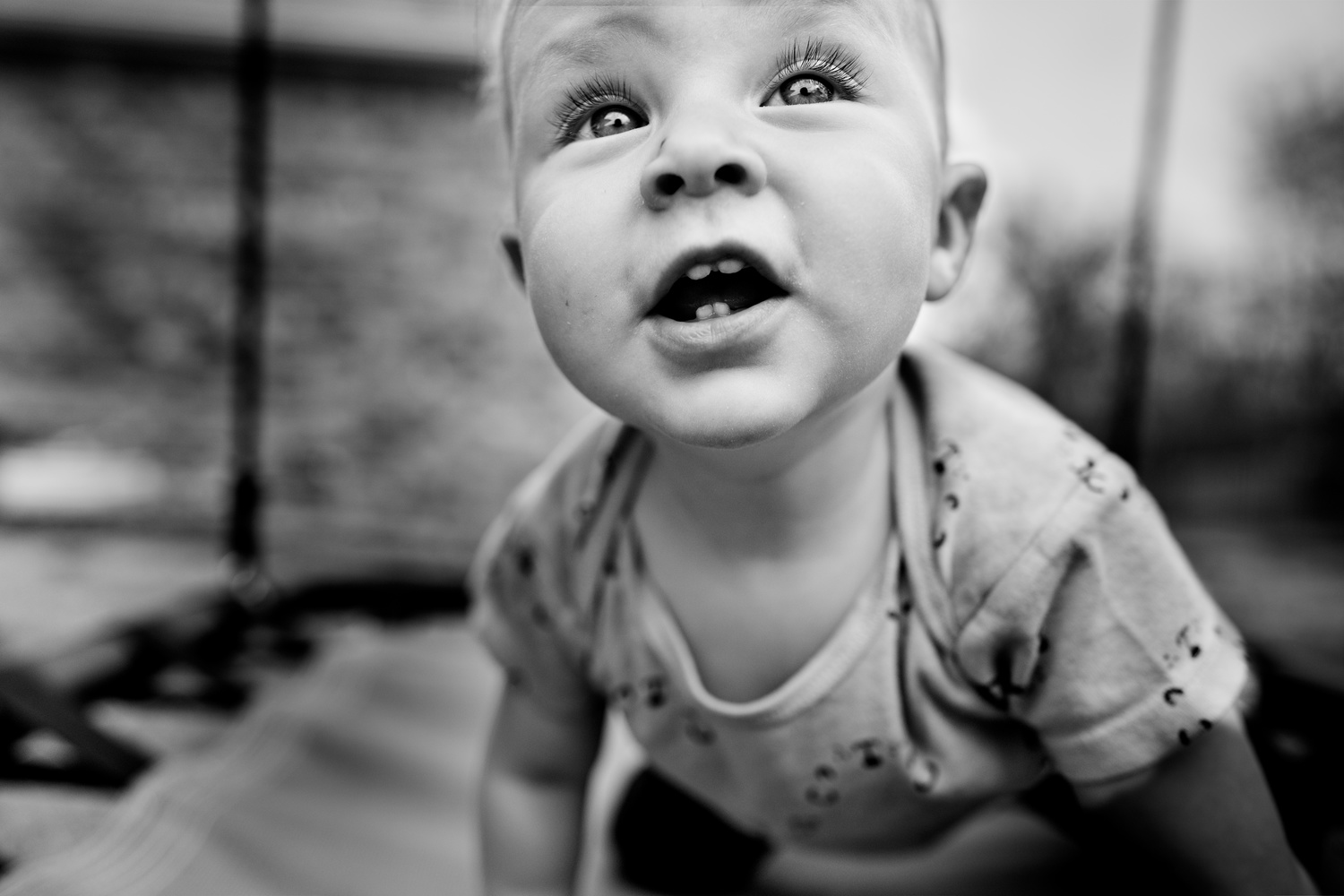
Original full resolution image
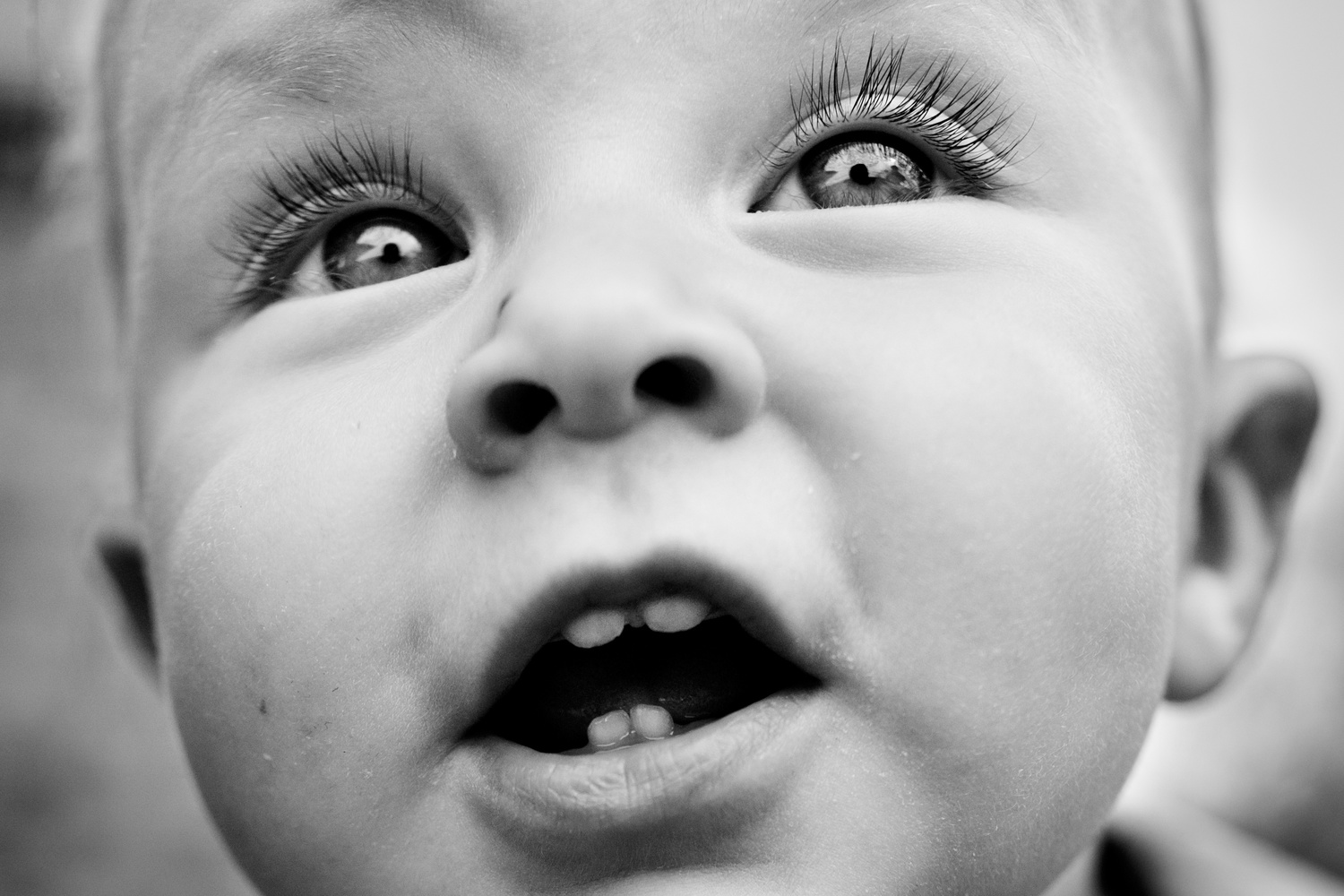
This tight of a crop still gets me a 3434x2289 pixel image.
Auto-Focus
The Af on the a9 is unlike any focusing system I have ever used prior. The real-time-tracking is almost like cheating. It's so good. The a1 basically takes what the a9 has and makes it a bit better. It can do more calculations at a faster rate as well as has more focus points. It also has better low light focus ability with a -4EV compared to the -3EV on the a9. What this all looked like in real-world use was the focus just felt more sticky when tracking. It also achieved focus lock much better in low light. Using the light from a dim phone or on a dark dance floor was easier to achieve focus and it was rare that I saw the camera hunt for focus. But at the end of the day, it wasn't a huge night and day difference compared to the a9, but the difference was still noticeable.
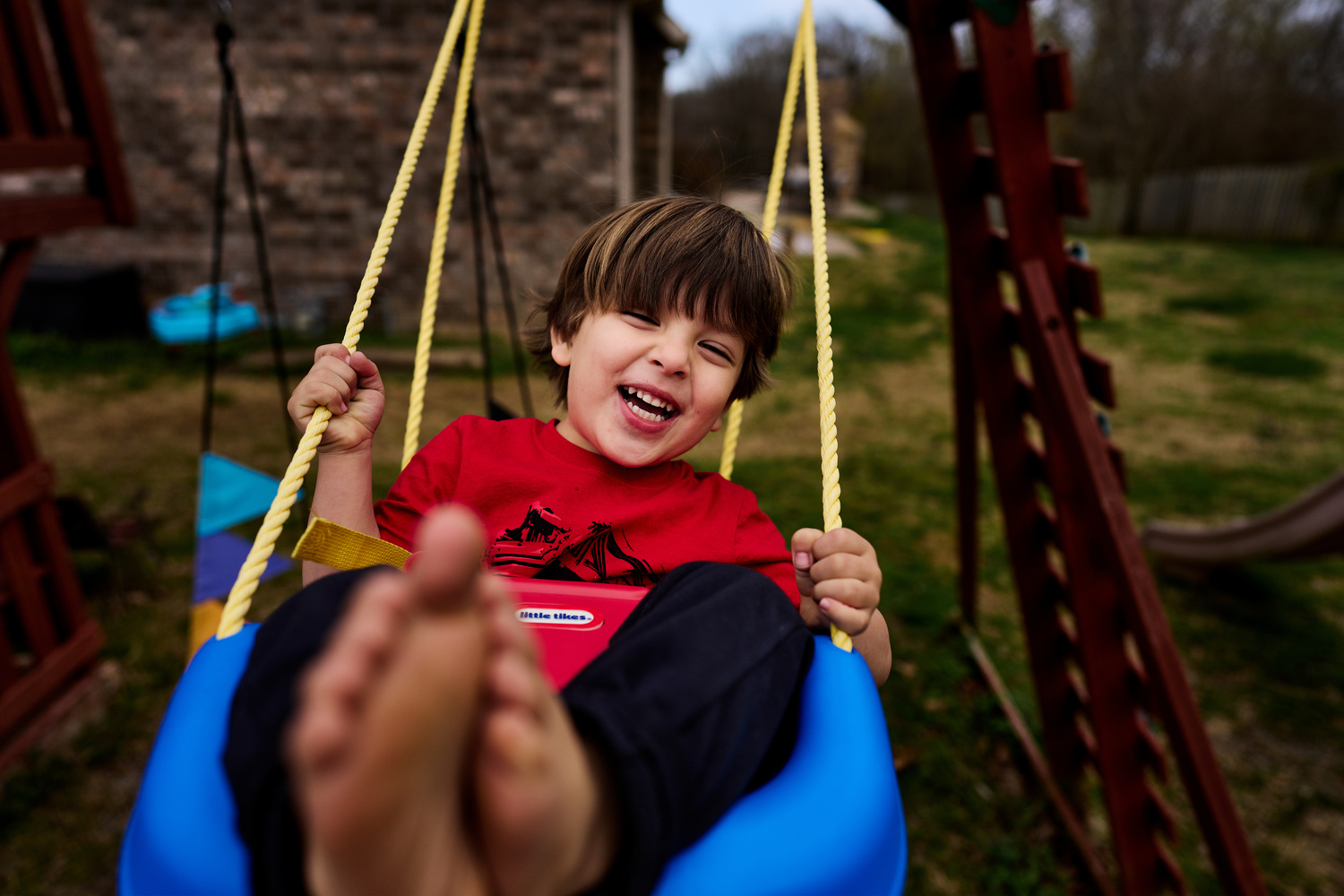
Flash Sync
This is one of those features I have been wanting for basically as long as I have been shooting. Faster sync speeds. Sony has always been fairly good with a 1/250th sync speed (even on my first Sony camera and their first full-frame camera the a900). But as someone that uses a fair amount of flash, getting a quicker sync speed essentially gives any light you own an upgrade in usable power. So when Sony announced the a1 has a 1/400th sync speed, I was obviously thrilled. And while this is only a 2/3rds stop of light, It’s almost doubling (one and 2/3rds to be exact) the usable power of your flash. Because say you are at a 1/250th sync speed on the shutter and your flash is at full power. If you wanted to darken your ambient by 2/3rds, you’d have to raise your aperture by 2/3rds which would then make you need to raise your flash power by 2/3rds. So you would essentially need to have two flashes as almost full power in order to achieve the same results you could get with the a1 set to its new higher sync speed.

Not only does this camera have a much faster mechanical sync speed, but it is also the first camera to have an electronic shutter sync speed. Meaning you can now use flash with the silent shutter and it is rated for a 1/200th shutter speed. But in my testing, I was even able to get higher than 1/200th, but the more past this speed you go, the less effective power you see from your flash. But even going past the silent shutter sync speed, I didn't see any banding or hard cut-offs of light like you would get from exceeding a mechanical shutter's limits.
Ergonomics/Usability
Compared to my a9, the ergonomics and usability are definitely upgraded. The menu is easier to navigate and the touch screen works to scroll through the menu. The grip on the camera feels much more comfortable to hold and I love the new joystick they implemented. They also resolved one of my biggest issues with the usability of the a9 and that's with the eye-sensor placement. On the a9, it's prone to gather dust which makes it very finicky. Because of the placement, it's also a big pain to clean off. With the a1, they moved the sensor down toward the bottom of the EVF in a place less prone to gather dust. It is also now super easy to just wipe off if it gets dirty.

The Bad
There isn't a ton to complain about when it comes to the a1. But I don't think any camera will ever be perfect from end to end. So with that, these are the things that stood out for me when using this camera.

That 50MP sensor
I know, wasn't this part of the good list? You’re right, it absolutely was. But it’s also on my bad list. Because as I said earlier, this size sensor is something I never wanted. It’s more than I need for most everything I shoot and the file size will definitely make you adjust your workflow. I needed double the card space and double the hard drive space in comparison to what I needed prior. The image import/export was also much slower. At the time of testing, Capture One was the only program that supported the camera so thankfully that program is much faster than Lightroom. In fact, working within Capture One felt faster on the a1 files than Lightroom is on my smaller a9 files.

A simple fix for this could be to implement a lower resolution file option within the menu. Some of the competition has done this and people seem to like it. Things like a medium or small raw file option would take away this small pain point. Although, I don't think I'd actually use it if it were an option. While I think 50MP is too much and not needed (for what I do), if I had it to use, the feature is nice enough to have I'd rather just deal with the drawbacks.

30 frames per second?
While I love this feature and it's something I feel will be very useful for a lot of shooters, It has its limitations. In order to get these speeds, you must have the right lens, the right settings, and the right raw file type. So if you love your third-party Sony lenses, you will be limited to 15fps due to the limitations of the lenses. You must also use the right AF mode because the real-time tracking will cause the camera to drop to a lower fps. What seems to happen is the camera can't shoot 30fps while also performing the complex calculations needed for real-time tracking. So this is a small drawback to the feature since tracking a fast-moving subject is when you would probably want or need the higher frame rate.

Shutter Closing for lens Change
This is a small nag, but with the a1 Sony implemented a feature that would close the mechanical shutter when changing lenses. This would drastically decrease dust getting onto your sensor when changing lenses. But this feature doesn't work when you are using the silent shutter. Which is the way I used the camera for almost my entire time with the gear. So it is almost a useless feature the way I shoot and the way I imagine most people will use the camera.
Flip-Screen
This is probably one of the biggest complaints I have seen since the release of the a1. It has the same old flip screen found on the a9. The one that can’t flip all the way down, can't flip all the way forward, and won't flip sideways at all. This is really confusing since the camera was released after the A7sIII which has a much better flip screen. So there's really no reason why it shouldn't have been included on the a1.
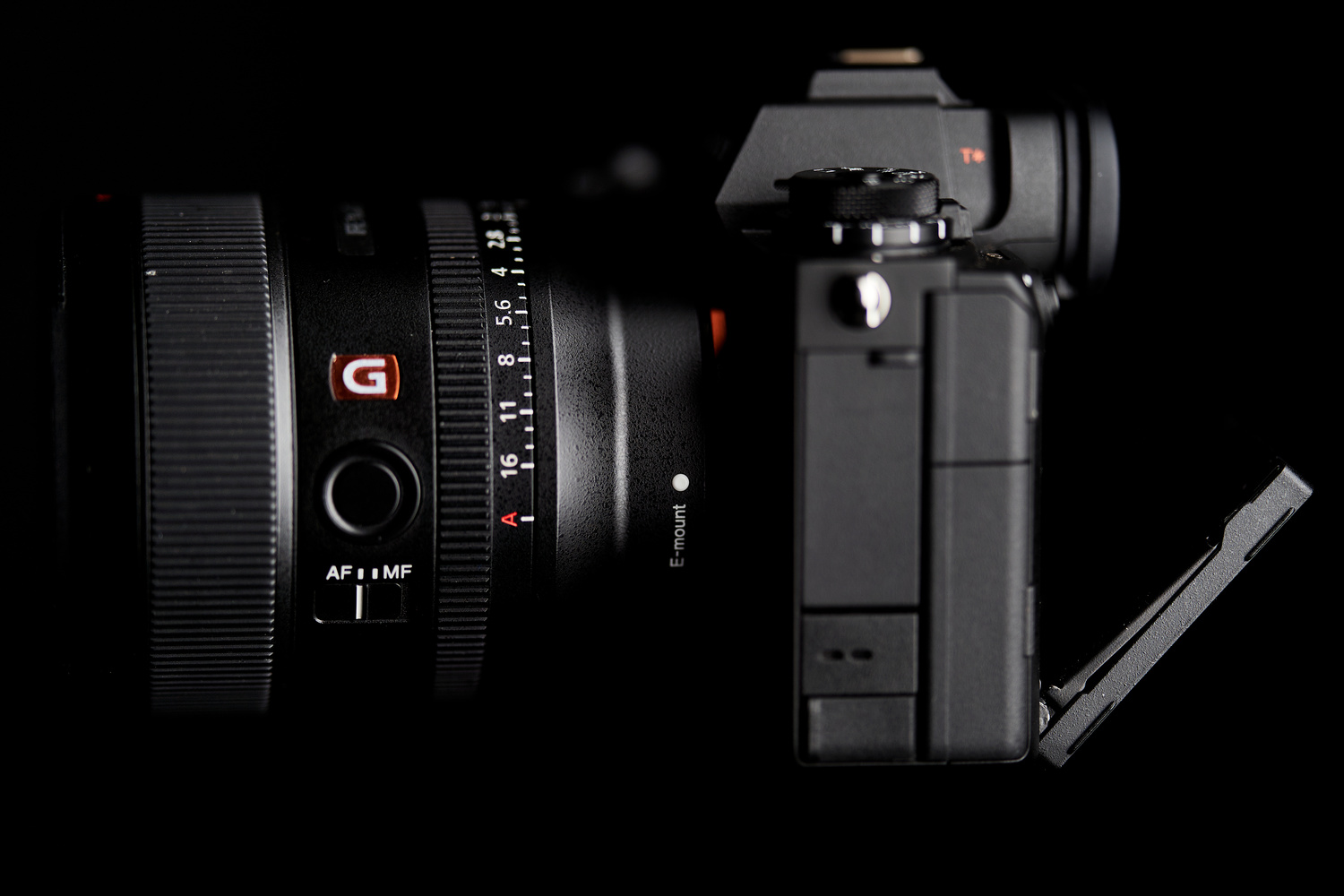
The Price
This is an easy one to point out and is obviously one of the largest drawbacks of the camera. A $6500 price tag for just the body will stop most consumers and even professionals dead in their tracks. But the people who this camera was designed for will happily pay the premium. What this camera does is give you one body to rule them all. You get the silent shooting and speed of the a9 combined with the high resolution of a7R series and then they throw on the video features of the a7s series. So if you are a content creator that needs all these different abilities, this can combine the need for three bodies into one.

The Ugly
Now for the elephant in the room. I did find a significant issue with the camera. And after contacting other people I knew that had the camera as well as Sony Pro Support, I was unable to find a workaround. The issue? High-speed sync was completely unusable. But not in the sense that it would not work. The settings are there and the camera will fire the flash and capture an exposure. But there is significant banding from the flash.
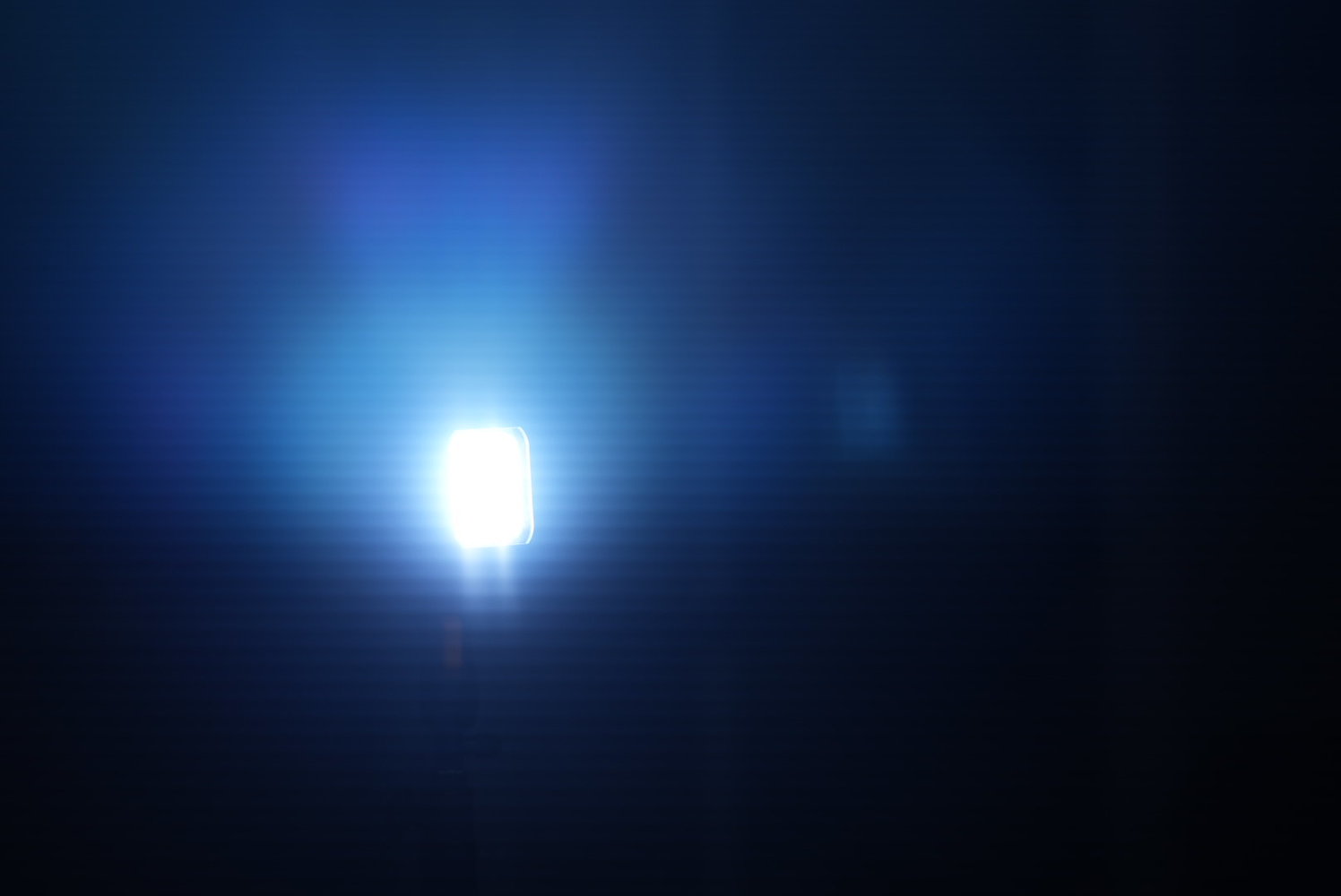
I have actually had the same issue with my a9 that was due to the electronic front curtain. But turning off the electronic front curtain completely fixes the issue. But with the Sony a1 there doesn't seem to be an electronic front curtain. Yet the banding still exists. I even tested it with more than five different lights to be sure it wasn't a flash issue. Because of this, I was limited to only using the camera within its sync speed limitations even though high-speed sync is a very big part of my regular work.

What I Liked
- High-resolution sensor
- Crazy fast and amazing autofocus
- New higher flash sync speed
- Silent shutter flash support
What I Didn't Like
-
Outdated and limiting flip screen
-
Defect when using high-speed sync flash
-
Larger files slow down post-production workflow
-
Price (though I think it's a justified price for what the camera is meant to do)
Conclusion
After using this camera for a solid two weeks, shooting every single day, and acquiring more than 10,000 frames, the question that begs for an answer is does it live up to the hype? And I think it does. While there are some limitations to the specs and Sony decided to leave off some questionable assets (we want that flippy screen), this camera is able to achieve things no other camera can achieve. Yes, the high-speed sync issue is a real and huge drawback. But I believe this will be a fix found in the next firmware update. But it’s still a wonder how such an issue made its way into a final product. And yes, the price is high. But this is a flagship camera that combines the best features from three different and distinct camera models all while breaking through numerous industry-wide limitations. The only real question you need to ask yourself is if you need what the camera can do.








Can you elaborate more about the flash problem? I can reproduce what you've said with my Godox TT685 and it seems to be correlated to the output power.
That's because you read and followed the instructions
I always turn the camera off when changing lenses. In that case, there is a function closing the shutter curtains to avoid dust getting in:
Shutter When Pwr OFF:
Sets whether to close the shutter when you turn off the camera. ([On]/[Off])
https://helpguide.sony.net/ilc/2040/v1/en/contents/TP0003057068.html
When shooting silent, you also need to set "Silent Mode Settings" => "Target Function Settings" => "Shutter When Pwr Off" to "Not Target". Otherwise closing the shutter during power off is considered to be non-silent...
Hi Jason, I think you should update a couple of statements in your article:
About the anti-dust function the A1 can actually close the mechanical shutter when in silent mode it's even easy to find in the Menu:Shooting>Shutter/Silent>Target Function Settings> Sutter When PwrOFF> Not Target
Shooting>Shutter/Silent>Target Function Settings> Sutter When PwrOFF> Not Target
About the HHS banding issue: it can be a problem depending on the flash brand you are using (I’m using Profoto Air Remote ttl-s with Profoto B10 and I don’t see any banding issue till over 1/8000 sec) I’m pretty sure that this is not a Sony A1 related problem but more a Trigger/flash issue that will be hopefully solved via firmware update from the flash brand you are using .
I got this issue with more then one flash brand. Godox and Elinchrom have the same banding issues.
As for shutter closing I'll have to give that a try! It would work for mechanical but never on silent.
Does it occur also while using H-Sync instead of HSS? I guess not.
It will not occur with H-S but probably you'll have some light falloff with higher speed (>1/4000)
Sorry but I must insist..I have the camera and my shutter is closing while I'm using fully electronic shutter or in silent mode so you must be doing something wrong there..
About the banding problem it's not Sony fault...it's just the faster reading stacked sensor that require a different pulsing timings from the flashes...so yes.. firmware update can probably solve the problem but it has to come from the flash manufacturers.
I am using a Profoto A10 on the hot shoe of the camera, and it's creating nasty banding issues all the way down to 1000th of a second. High speed sync is utterly unusable with the A1 in my experience, which absolutely defeats the purpose of buying into such a capable flash brand, like Profoto.
For the dust protection I can confirm that it works even if you use the silent shutter if set it correctly in the menu.
For the banding problem with Hss I have the same problem with the Profoto A10 (with the latest fw release March 2021) and also with the original Sony speed light HVL F60.
So to me looks like both Profoto and Sony should update their flash unit with new firmware..
We are lucky as the banding occurs also with the Sony original speed light we will see if Sony will correct the issue with a fw update for the camera or for the flash!
In any case I hope they will fix it as I just get a second A1!
More than 2x the price of a7riv
If you shoot stills, put the difference in a trip to Galapagos for new subject
The a1 and the a7riv are completely different tools, even when limited to the world of stills photography. And for the work I do, I'd much prefer the a1 over the a7r line any day of the week.